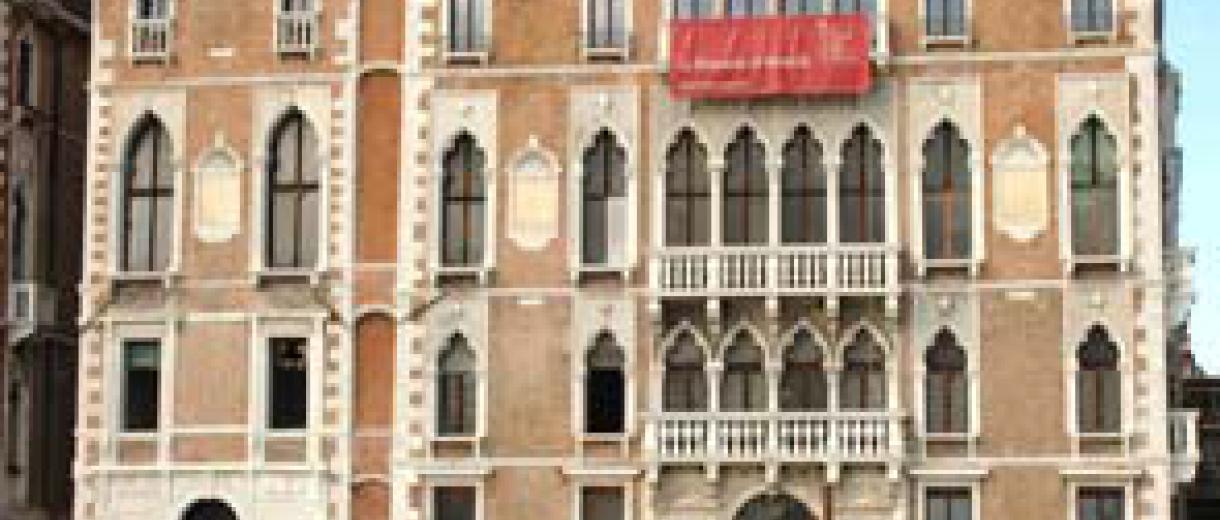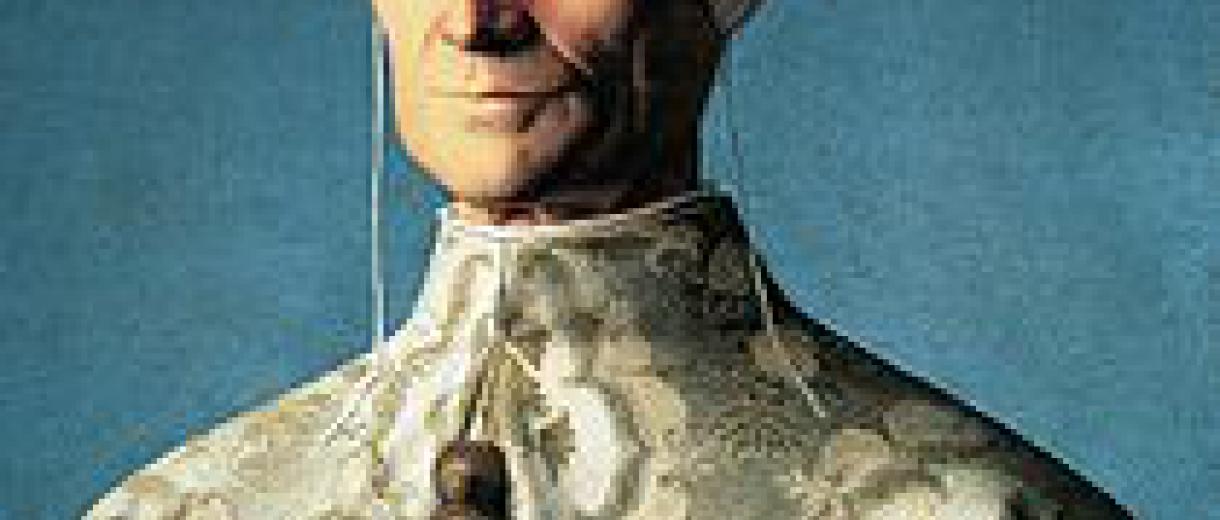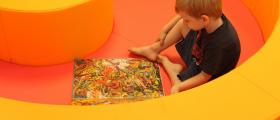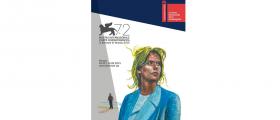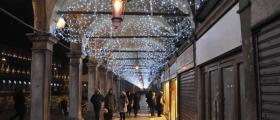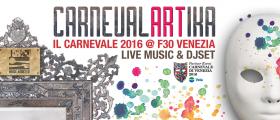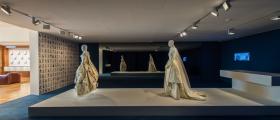Guided tours at Ca' Giustinian
 A 15th century gothic Palazzo, one of the richest and most admired in the history of Venice, Ca’ Giustinian overlooks the Bacino di San Marco right at the beginning of the Grand Canal.
A 15th century gothic Palazzo, one of the richest and most admired in the history of Venice, Ca’ Giustinian overlooks the Bacino di San Marco right at the beginning of the Grand Canal.
Its surface covers 6100 square metres, 5600 of which covered and 500 of terraces. The home was the final residence of Princess Louise Marie Thérèse of France.
Originally a patrician residence, then a renowned 19th century hotel loved by artists (such as Verdi, Proust, Turner), it became the official headquarters of the Biennale (as well as of municipal tourism offices) in the aftermath of the 2nd World War, and it is now a completely restored building.
Its features, its position and structure enabled the Biennale to be an “open house” for anyone, a place where the Biennale and the city relate to each other, a gathering point for meetings and events.
On the ground floor is an exhibition space named Portego, for exhibits concerning the valorisation and the display of works and materials from the Historical Archives of Contemporary Arts (ASAC).
On the same floor, on the front façade, the old Sala degli Specchi (overlooking the Bacino) has become L’ombra del Leone, a cafeteria and also an open salon for the city, whose aim is to host cultural events and gatherings with well-known personalities from the arts and cultural environments. In order to complete these spaces, a pontoon known as Campiello d’acqua was built in front of them, thanks to the shareholding of the City of Venice, to promote people’s involvement in such activities.
At the end of August 2010, in conjunction with the opening of the 12th International Architecture Exhibition, the restoration of Ca’ Giustinian will be completed with the recovering of the Sala delle Colonne (550 square meters), dating back to the 30’s, a unique place for both its structural and architectural features, that will be ultimately intended as a flexible space for conferences, meetings, workshops, exhibitions, with particular regard to live performance-related activities.
Historical Hints
In the 50’-70’s the Sala delle Colonne was intended as an open space for conferences, concerts, cultural and political events, on an almost daily basis. The last floor hosted the city’s cinema club until the end of the 70’s
Information:
Until December 31st 2011 upon Reservation only.
tel: +39 041 5218711
e-mail: segreteria.asac@labiennale.org




